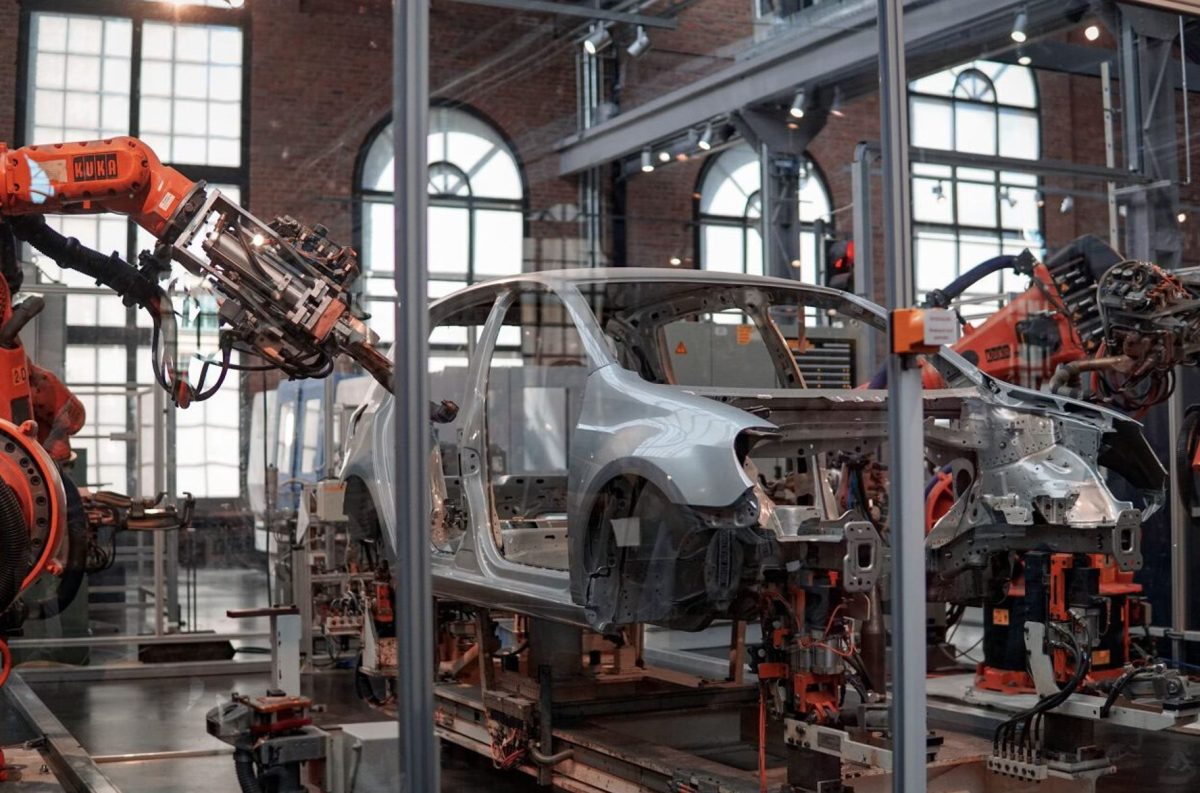Automotive performance has always been a driving force behind innovation in the industry. From the early days of internal combustion engines to the latest advancements in electric powertrains, engineers have continuously sought ways to push the boundaries of speed, efficiency, and durability. As technology evolves, vehicles are becoming more powerful, safer, and more efficient than ever before. Whether in motorsports, daily commuting, or luxury supercars, engineering breakthroughs are redefining what is possible on the road and track.
This relentless pursuit of performance is fueled by the need for higher speeds, better handling, and improved fuel efficiency while maintaining safety and sustainability. Advancements in aerodynamics, material science, powertrains, and artificial intelligence are at the forefront of this revolution.
Advancing Aerodynamics for Maximum Efficiency
One of the most significant aspects of automotive performance is aerodynamics. The way air flows around a vehicle impacts speed, stability, and fuel consumption. Engineers employ advanced wind tunnel testing and computational fluid dynamics to design vehicles that cut through air resistance with minimal drag.
Modern sports cars and hypercars incorporate active aerodynamics, such as adjustable spoilers and air vents that adapt to driving conditions. These systems improve downforce at high speeds while reducing drag for better fuel efficiency when cruising. Even everyday vehicles benefit from these advancements, as streamlined designs enhance fuel economy and reduce wind noise.
Lightweight materials, such as carbon fiber and aluminum, further improve aerodynamics by allowing for sleeker designs without compromising structural integrity. Combined with innovative airflow management techniques, vehicles can achieve unprecedented levels of performance without sacrificing efficiency.
Powertrain Evolution: Advancing Performance and Efficiency
Powertrain technology has seen remarkable advancements in recent years, from high-performance internal combustion engines to cutting-edge electric propulsion systems. The role of an automotive engineer is crucial in optimizing these systems to maximize power output while maintaining efficiency and reliability.
Turbocharging and supercharging have become standard in high-performance vehicles, allowing smaller engines to produce immense power. These forced induction systems increase air intake, leading to better combustion and enhanced overall performance. Meanwhile, hybrid powertrains combine electric motors with traditional engines, delivering instant torque and improved fuel economy without compromising speed.
Electric powertrains are pushing the limits of automotive engineering even further. With instant acceleration and zero emissions, electric vehicles (EVs) are redefining performance standards. Advances in battery technology have led to longer ranges, faster charging, and improved thermal management, making EVs more practical for daily use and high-performance applications.

Lightweight Materials and Structural Innovation
Reducing vehicle weight is a key factor in enhancing speed, handling, and fuel efficiency. Traditional steel frames are being replaced with lighter yet stronger materials, allowing for improved performance without sacrificing safety.
Carbon fiber-reinforced polymers are now common in high-end performance cars, offering exceptional strength-to-weight ratios. Aluminum and magnesium alloys are also widely used to reduce weight while maintaining durability. These materials allow for agile handling and faster acceleration while improving fuel efficiency.
Beyond materials, structural engineering plays a crucial role in performance. Monocoque chassis designs, where the entire body functions as a single structural unit, enhance rigidity and crash protection. This approach provides better weight distribution and improved aerodynamics, resulting in superior performance on the road and track.
Smart Suspension and Handling Technology
Suspension systems have evolved significantly, allowing vehicles to maintain stability and comfort while handling extreme driving conditions. Modern advancements include adaptive suspension systems that adjust in real-time based on road conditions and driving style.
Active dampers and electronically controlled suspension components provide optimal balance between comfort and performance. These systems enhance cornering ability by minimizing body roll and adjusting ride height when needed. Additionally, four-wheel steering technology improves maneuverability at low speeds and enhances stability at high speeds.
Computer-controlled traction and stability control systems also play a vital role in maximizing handling. By constantly monitoring wheel slip and road conditions, these systems make split-second adjustments to maintain grip and control, preventing loss of traction in challenging situations.
The Impact of Artificial Intelligence on Performance
Artificial intelligence is transforming the automotive industry by enhancing both performance and safety. AI-driven systems analyze real-time data to optimize various aspects of vehicle dynamics, from engine tuning to driver assistance features.
Predictive analytics allow vehicles to adjust engine parameters based on driving behavior, ensuring optimal fuel efficiency and power output. AI also powers advanced driver-assistance systems, such as adaptive cruise control, lane-keeping assistance, and automatic emergency braking. These features not only improve safety but also enhance the overall driving experience by reducing driver fatigue.
In motorsports, AI plays a crucial role in data analysis, helping teams fine-tune vehicle setups for maximum performance. By analyzing telemetry data, engineers can make informed decisions on aerodynamics, tire selection, and powertrain adjustments to gain a competitive edge.
The Future of Automotive Performance
The future of automotive performance lies in the integration of cutting-edge technologies that continue to push the limits of speed, efficiency, and sustainability. With advancements in electric powertrains, autonomous driving, and smart connectivity, vehicles are becoming more capable than ever before.
Hydrogen fuel cells are emerging as a promising alternative to traditional combustion engines and battery-electric vehicles. By producing energy through a chemical reaction between hydrogen and oxygen, fuel cell vehicles offer high performance with zero emissions.
Autonomous driving technology is also set to revolutionize performance by optimizing vehicle dynamics through real-time decision-making. AI-powered self-driving systems can react faster than human drivers, ensuring optimal handling and efficiency in all driving conditions.
Connectivity will further enhance performance by enabling real-time data exchange between vehicles and infrastructure. Smart road networks will provide traffic updates, optimize navigation routes, and improve fuel efficiency through intelligent traffic management systems.
All in all, engineering advancements continue to push the boundaries of automotive performance, making vehicles faster, more efficient, and safer. Through innovations in aerodynamics, powertrain technology, lightweight materials, suspension systems, and artificial intelligence, modern cars are achieving levels of performance once thought impossible.







